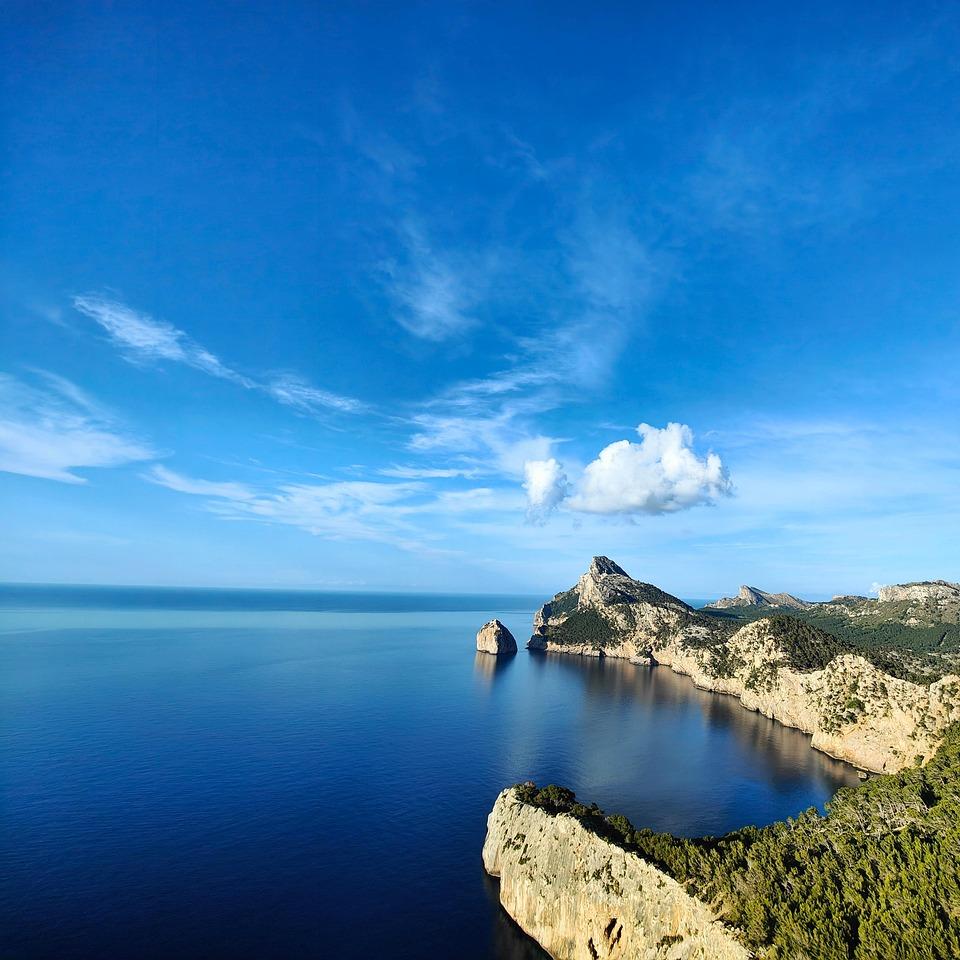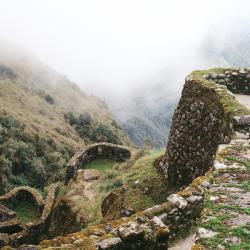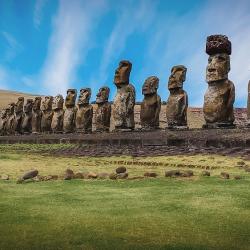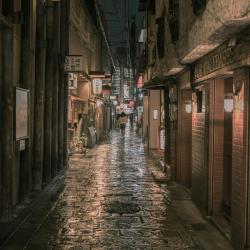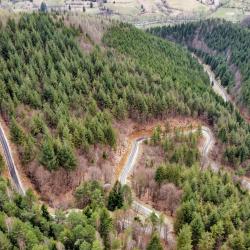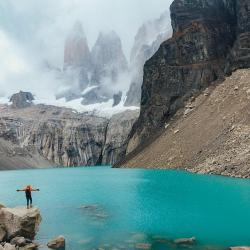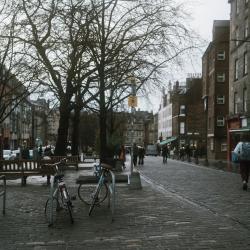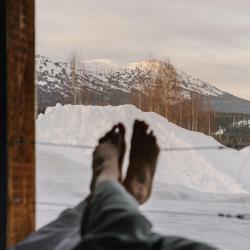How to Explore UNESCO Heritage Sites Off-Peak
Traveling to UNESCO World Heritage Sites can be an enriching experience that offers a glimpse into human history's remarkable accomplishments and the natural world's stunning beauty. However, these sites are incredibly popular and can be crowded during peak travel times. Exploring them during off-peak seasons provides an opportunity for a more intimate experience. Here's a guide to make the most of your off-peak UNESCO site journeys.
1. Research and Planning
The first step to exploring UNESCO sites off-peak is thorough research and planning. Each location has its own peak seasons, usually aligned with favorable weather, holidays, or special events, which means there's a less busy time that may still offer a great experience. For instance, European sites often see fewer visitors in late autumn or early spring compared to summer.
Tips for Research:
- Consult Trip Reports and Reviews: Forums such as TripAdvisor can provide insights into when sites are less crowded.
- Check Climate Information: Off-peak often means less ideal weather. Ensure it’s still manageable for your plans.
- Look at Local Events: Sometimes, avoiding local festivals or holidays can help you sidestep crowds, even if it’s technically not peak tourist season.
2. Embrace the Shoulder Seasons
Shoulder seasons, the periods just before and after the peak tourist seasons, often provide a sweet spot for visiting many UNESCO sites. The weather is usually still pleasant, and the crowds haven’t fully arrived or have already dispersed.
Benefits of Shoulder Season Travel:
- Lower Prices: Accommodation and flights can be significantly cheaper.
- Good Weather: Often, the climate during shoulder seasons can still be agreeable.
- Better Access: Enjoy easier access to attractions and services.
3. Visit at Uncommon Hours
If your schedule limits you to peak travel season, plan to visit sites during unusual hours to avoid crowds. Many UNESCO sites are open early in the morning or later in the day.
Strategies:
- Early Birds and Night Owls: Being the first in line or visiting when others are leaving can offer a more serene experience.
- Time Tickets Wisely: Some sites offer evening tours or extended hours; take advantage of these when you can.
4. Explore Less Popular Sites
While certain UNESCO sites are world-renowned, others are less famous but equally captivating. These lesser-known sites can offer discovery without the throngs of tourists.
Discover Hidden Gems:
- Research Alternative Sites: Use resources like UNESCO’s official site to discover hidden historical or natural wonders.
- Local Recommendations: Locals can often point you towards under-the-radar spots.
5. Practice Sustainable Tourism
Off-peak travel not only enhances your experience but also supports sustainable tourism. By visiting outside of peak times, you help reduce the strain on infrastructure and the environment.
Sustainability Tips:
- Support Local Commerce: Spend at locally-owned businesses to contribute to the area’s economy.
- Respect Cultural Norms: Be aware of cultural sensitivities, especially when sites are less crowded and locals more visible.
6. Be Flexible with Itineraries
Being flexible with your travel schedules allows you to shift plans based on changing conditions like weather or unexpected site closures, which can occur more frequently off-peak.
Flexibility Advantage:
- Stay Spontaneous: Keep your itinerary open to take advantage of unplanned opportunities.
- Adapt to Changes: Use travel alerts and local resources for updates on site conditions.
7. Capture the Moment
Lastly, off-peak visits offer fantastic photography opportunities. Without the crowds, you can capture more authentic images of these stunning locations.
Photography Tips:
- Take Advantage of Lighting: The off-season might present unique lighting conditions perfect for photography.
- Capture Exclusivity: Empty paths and open vistas allow for unobstructed shots of manmade and natural wonders.
Conclusion
Exploring UNESCO World Heritage Sites during off-peak times not only provides a quieter and often more fulfilling experience but also contributes positively to the sustainability and preservation of these irreplaceable sites. With careful planning and the right approach, you can enjoy the wonders of humanity and nature with the added reward of space, tranquility, and insight that comes when the crowds are gone.
